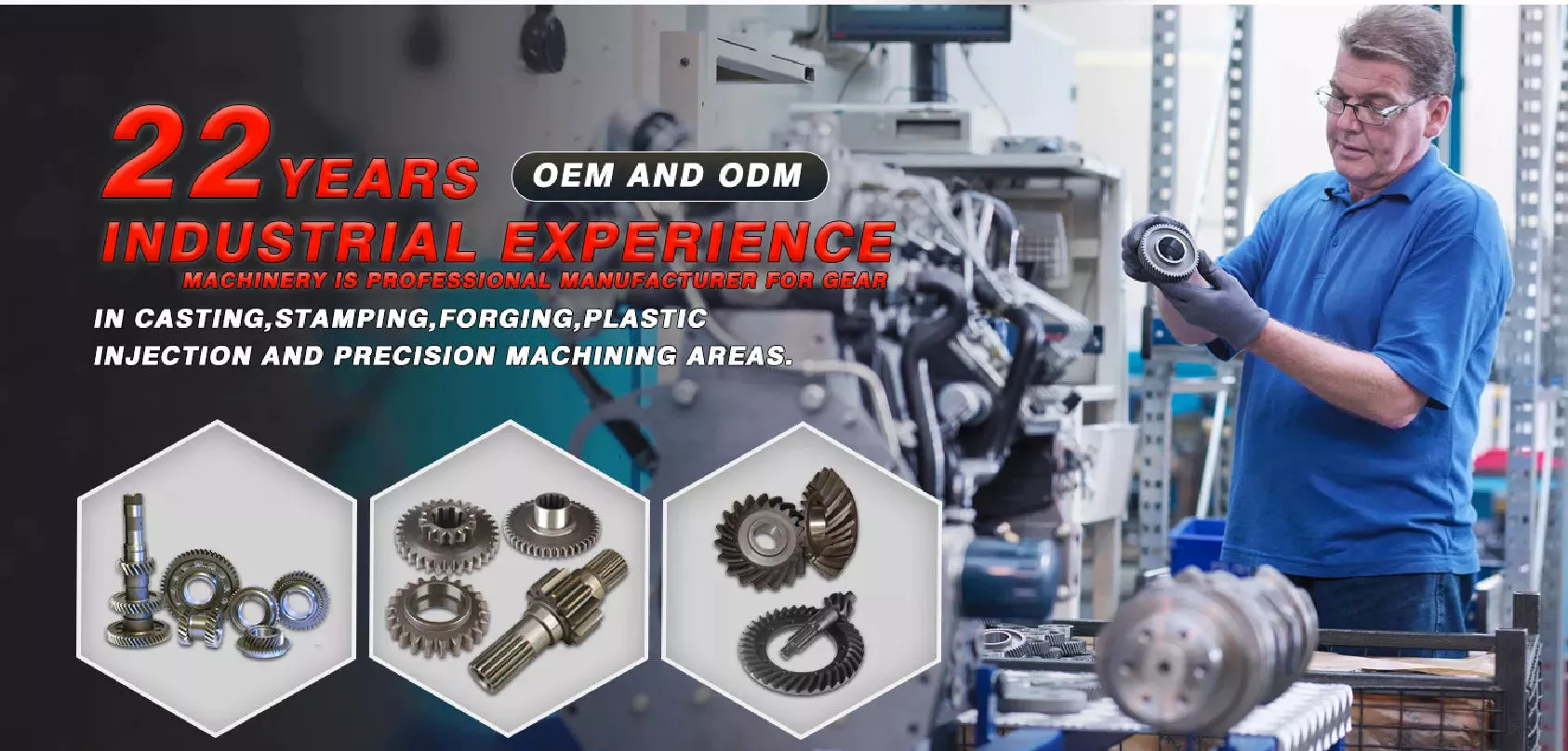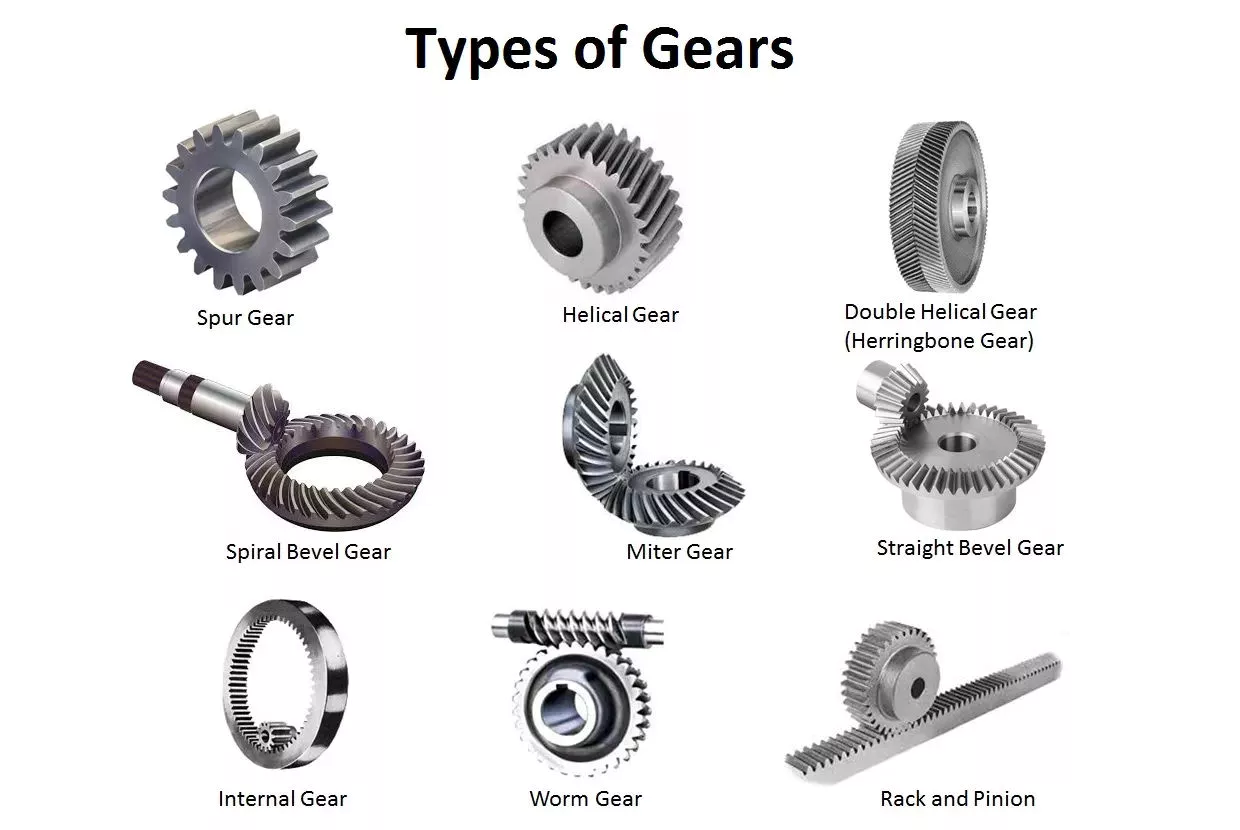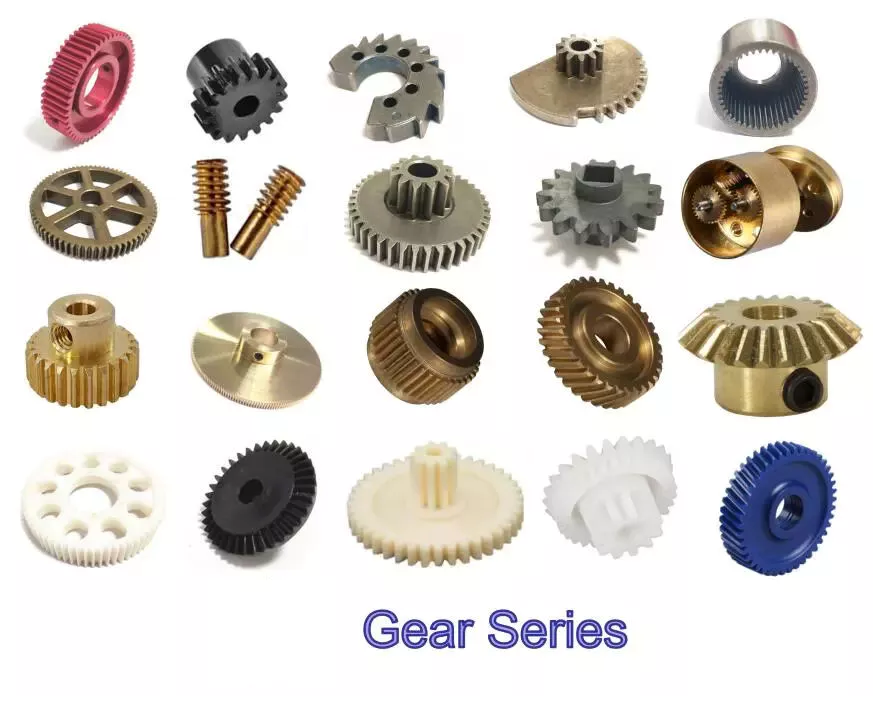Product Description
STEEL CZPT TELESCOPIC Wheel Loader M915 Telescopic Mini Loader with CE/EPA
Product Description
STEEL CZPT M915 telescopic wheel loader is quite a multifunctional machine, you can use it for various work, like farming, gardenning, landscaping, animal house, construction, bee keeping, minicipal work etc.
It is a new design to the market which besides the normal function of loaders, also have rear output and 3 point hitch for attachments to be used at the rear end, thus it can be used as both a loader or a tractor
Different with normal wheel loaders with torque converter, it adopts fully hydrostatic system, 4 hydraulic wheel motors driving the loader, smooth and vraible speed change, no worn parts, free maintenance
Product Parameters
| Model | M915 compact construction wheel loader | |
| Dimension with cabin (LxWxH) | 3400X1500X2300mm | |
| Max. lifting height (boom retract) | 3000mm | |
| Max. lifting height (boom extend) | 3562mm | |
| Bucket capacity | 0.8cbm | |
| Max. loading capacity | 1500kg | |
| Min. turning radius | 2800mm | |
| Turning angle | 450 | |
| Min. ground clearance | 330mm | |
| Speed | 0-12~24 km/h | |
| Weight with bucket and counterweight | 2300 kg | |
| Standard tire | 31X15.5-15 | |
| Working oil flow | 41L/minx2 | |
| Tracking oil flow | 120L/min | |
| Engine | Chiese/Yanmar/Euro 5/EPA Tier 4 | |
| Rated power | 58hp | |
Detailed Photos
Wide view cabin with double doors, more user friendly.
Adjusting steering column, always a comforable position for the operator
Standard heating system and optional A.C offer full weather comfort.
Telescopic boom increase the lifting height.
Front hydraulic and electric output for various attachments
Hydraulic quick hitch
Compact size, articulated structure, small turning radius
Tilt Cabin design, full access to inner parts.
Hydrostatic transmission by pump and 4 wheel motors, variable speed
Flexible articulation, best through ability for all terrain
Optional rear output and 3 point hitch, switch between a loader and tractor.
Plus front quick hitch and more than 50 attachments, money for 1 machine, you get solution for all your work, no matter farming, construction, forestry, gardening, landscaping
One stop money and time saving solution
Packaging & Shipping
Thanks to the compact design of STEEL CZPT M915 mini telescopic loader, it can be driven into container directly and fully assembled.
Loading condition:1 sets/20ft GP; 3sets/40ft GP
Till now, we have exported to More than 20 countries, for example:Germany, Poland, Austria, Holland, Switzerland, USA, Australia, South Africa, etc.
Product Application
Loader+Tractor, 1 Multi-purpose helper for all your works
Front part is loader, with telescopic boom, hydraulic output, quick hitch and coupling system for various attachments, like bucket, fork, grapple, auger, hammer, lawn mower, etc.
Rear part is tractor, with hydraulic output, 3-point hitch, hydraulic PTO, for rotary tiller, flail mower, plough, harrow, trailer, etc.
STEEL CZPT series machines are widely used in farming, agriculture, landscaping, gardening, construction, municiple, etc.
Company Profile
ZheJiang CZPT Machinery Co., Ltd was established by a rich experienced engineering and marketing team, this guarantees the continuously development of the company.
Since established, we have developed 3 range, more than 50 kinds of different products, covering telescopic loader, telehandler and various attachments.
Our brandname "STEEL CAMEL" expresses our pursue of quality. Every STEEL CZPT product, no matter big complete machine or small attachments, was designed for rough use and long lasting, just like the CZPT working in the desert with little water, always offer more service and need less servicing.
We devoted to offer excellent purchasing and user experience to every of our customer. To us the deal time is not finishing time, but just the opposite, is the beginning time of service. The following, we'll assist customer of transporting, teach customer how to use and maintainence the machine, follow up the usage of the products. One time purchase, whole lifetime service.
We looking forward to do business with customers worldwide with 100% honesty and biggest sincerity.
Direct Manufacturer, 100% Guarantee!!!
We are direct manufacture factory, every aspect in a deal that customer concerns is guaranteed, like price, quality, delivery time and after service.
We devoted to offering 1 stop shopping and solution to customers' needs. The products we currently offer covering loaders, telehandlers, excatators and loader attachments. Besides we have our own engineering team, can make customized design/product.
"Honest" is our business way. We appreciate customers' trust, and we are always CZPT as return.
We choose "STEEL CAMEL" as our brandname, as all our products were designed for heavy duty work, trouble less and more service, like the what the CZPT do for people.
Hypoid Bevel Vs Straight Spiral Bevel - What's the Difference?
Spiral gears come in many different varieties, but there is a fundamental difference between a Hypoid bevel gear and a Straight spiral bevel. This article will describe the differences between the 2 types of gears and discuss their use. Whether the gears are used in industrial applications or at home, it is vital to understand what each type does and why it is important. Ultimately, your final product will depend on these differences.
Hypoid bevel gears
In automotive use, hypoid bevel gears are used in the differential, which allows the wheels to rotate at different speeds while maintaining the vehicle's handling. This gearbox assembly consists of a ring gear and pinion mounted on a carrier with other bevel gears. These gears are also widely used in heavy equipment, auxiliary units, and the aviation industry. Listed below are some common applications of hypoid bevel gears.
For automotive applications, hypoid gears are commonly used in rear axles, especially on large trucks. Their distinctive shape allows the driveshaft to be located deeper in the vehicle, thus lowering the center of gravity and minimizing interior disruption. This design makes the hypoid gearset 1 of the most efficient types of gearboxes on the market. In addition to their superior efficiency, hypoid gears are very easy to maintain, as their mesh is based on sliding action.
The face-hobbed hypoid gears have a characteristic epicycloidal lead curve along their lengthwise axis. The most common grinding method for hypoid gears is the Semi-Completing process, which uses a cup-shaped grinding wheel to replace the lead curve with a circular arc. However, this method has a significant drawback - it produces non-uniform stock removal. Furthermore, the grinding wheel cannot finish all the surface of the tooth.
The advantages of a hypoid gear over a spiral bevel gear include a higher contact ratio and a higher transmission torque. These gears are primarily used in automobile drive systems, where the ratio of a single pair of hypoid gears is the highest. The hypoid gear can be heat-treated to increase durability and reduce friction, making it an ideal choice for applications where speed and efficiency are critical.
The same technique used in spiral bevel gears can also be used for hypoid bevel gears. This machining technique involves two-cut roughing followed by one-cut finishing. The pitch diameter of hypoid gears is up to 2500 mm. It is possible to combine the roughing and finishing operations using the same cutter, but the two-cut machining process is recommended for hypoid gears.
The advantages of hypoid gearing over spiral bevel gears are primarily based on precision. Using a hypoid gear with only 3 arc minutes of backlash is more efficient than a spiral bevel gear that requires 6 arc minutes of backlash. This makes hypoid gears a more viable choice in the motion control market. However, some people may argue that hypoid gears are not practical for automobile assemblies.
Hypoid gears have a unique shape - a cone that has teeth that are not parallel. Their pitch surface consists of 2 surfaces - a conical surface and a line-contacting surface of revolution. An inscribed cone is a common substitute for the line-contact surface of hypoid bevel gears, and it features point-contacts instead of lines. Developed in the early 1920s, hypoid bevel gears are still used in heavy truck drive trains. As they grow in popularity, they are also seeing increasing use in the industrial power transmission and motion control industries.
Straight spiral bevel gears
There are many differences between spiral bevel gears and the traditional, non-spiral types. Spiral bevel gears are always crowned and never conjugated, which limits the distribution of contact stress. The helical shape of the bevel gear is also a factor of design, as is its length. The helical shape has a large number of advantages, however. Listed below are a few of them.
Spiral bevel gears are generally available in pitches ranging from 1.5 to 2500 mm. They are highly efficient and are also available in a wide range of tooth and module combinations. Spiral bevel gears are extremely accurate and durable, and have low helix angles. These properties make them excellent for precision applications. However, some gears are not suitable for all applications. Therefore, you should consider the type of bevel gear you need before purchasing.
Compared to helical gears, straight bevel gears are easier to manufacture. The earliest method used to manufacture these gears was the use of a planer with an indexing head. However, with the development of modern manufacturing processes such as the Revacycle and Coniflex systems, manufacturers have been able to produce these gears more efficiently. Some of these gears are used in windup alarm clocks, washing machines, and screwdrivers. However, they are particularly noisy and are not suitable for automobile use.
A straight bevel gear is the most common type of bevel gear, while a spiral bevel gear has concave teeth. This curved design produces a greater amount of torque and axial thrust than a straight bevel gear. Straight teeth can increase the risk of breaking and overheating equipment and are more prone to breakage. Spiral bevel gears are also more durable and last longer than helical gears.
Spiral and hypoid bevel gears are used for applications with high peripheral speeds and require very low friction. They are recommended for applications where noise levels are essential. Hypoid gears are suitable for applications where they can transmit high torque, although the helical-spiral design is less effective for braking. For this reason, spiral bevel gears and hypoids are generally more expensive. If you are planning to buy a new gear, it is important to know which 1 will be suitable for the application.
Spiral bevel gears are more expensive than standard bevel gears, and their design is more complex than that of the spiral bevel gear. However, they have the advantage of being simpler to manufacture and are less likely to produce excessive noise and vibration. They also have less teeth to grind, which means that they are not as noisy as the spiral bevel gears. The main benefit of this design is their simplicity, as they can be produced in pairs, which saves money and time.
In most applications, spiral bevel gears have advantages over their straight counterparts. They provide more evenly distributed tooth loads and carry more load without surface fatigue. The spiral angle of the teeth also affects thrust loading. It is possible to make a straight spiral bevel gear with 2 helical axes, but the difference is the amount of thrust that is applied to each individual tooth. In addition to being stronger, the spiral angle provides the same efficiency as the straight spiral gear.
Hypoid gears
The primary application of hypoid gearboxes is in the automotive industry. They are typically found on the rear axles of passenger cars. The name is derived from the left-hand spiral angle of the pinion and the right-hand spiral angle of the crown. Hypoid gears also benefit from an offset center of gravity, which reduces the interior space of cars. Hypoid gears are also used in heavy trucks and buses, where they can improve fuel efficiency.
The hypoid and spiral bevel gears can be produced by face-hobbing, a process that produces highly accurate and smooth-surfaced parts. This process enables precise flank surfaces and pre-designed ease-off topographies. These processes also enhance the mechanical resistance of the gears by 15 to 20%. Additionally, they can reduce noise and improve mechanical efficiency. In commercial applications, hypoid gears are ideal for ensuring quiet operation.
Conjugated design enables the production of hypoid gearsets with length or profile crowning. Its characteristic makes the gearset insensitive to inaccuracies in the gear housing and load deflections. In addition, crowning allows the manufacturer to adjust the operating displacements to achieve the desired results. These advantages make hypoid gear sets a desirable option for many industries. So, what are the advantages of hypoid gears in spiral gears?
The design of a hypoid gear is similar to that of a conventional bevel gear. Its pitch surfaces are hyperbolic, rather than conical, and the teeth are helical. This configuration also allows the pinion to be larger than an equivalent bevel pinion. The overall design of the hypoid gear allows for large diameter shafts and a large pinion. It can be considered a cross between a bevel gear and a worm drive.
In passenger vehicles, hypoid gears are almost universal. Their smoother operation, increased pinion strength, and reduced weight make them a desirable choice for many vehicle applications. And, a lower vehicle body also lowers the vehicle's body. These advantages made all major car manufacturers convert to hypoid drive axles. It is worth noting that they are less efficient than their bevel gear counterparts.
The most basic design characteristic of a hypoid gear is that it carries out line contact in the entire area of engagement. In other words, if a pinion and a ring gear rotate with an angular increment, line contact is maintained throughout their entire engagement area. The resulting transmission ratio is equal to the angular increments of the pinion and ring gear. Therefore, hypoid gears are also known as helical gears.

